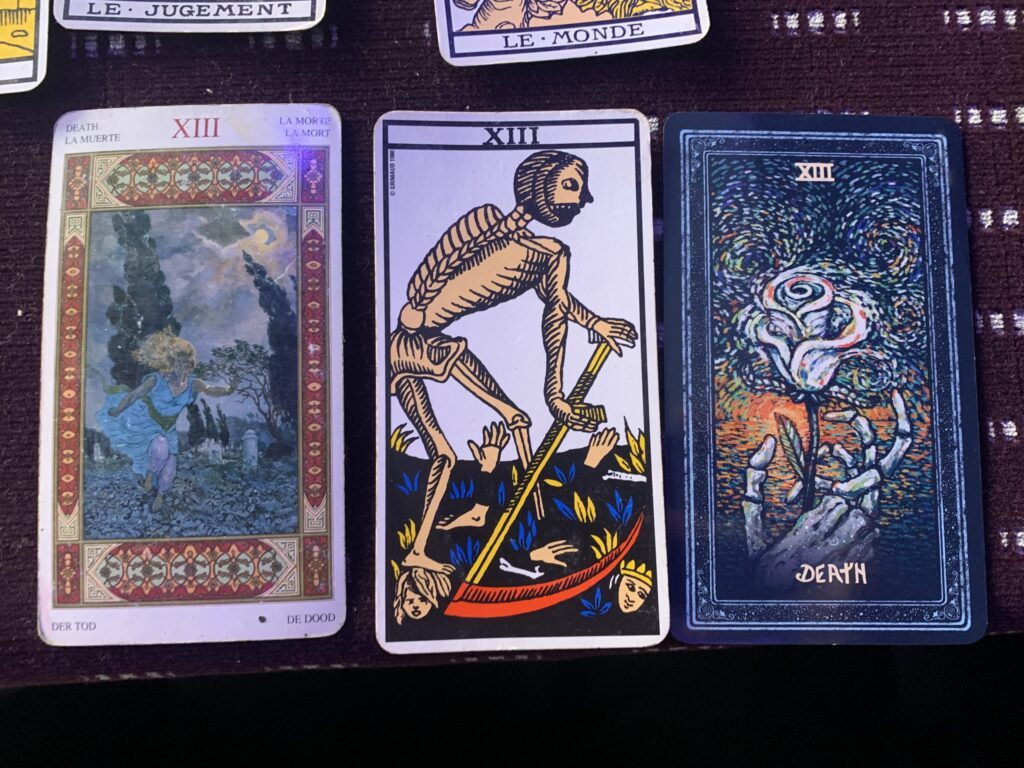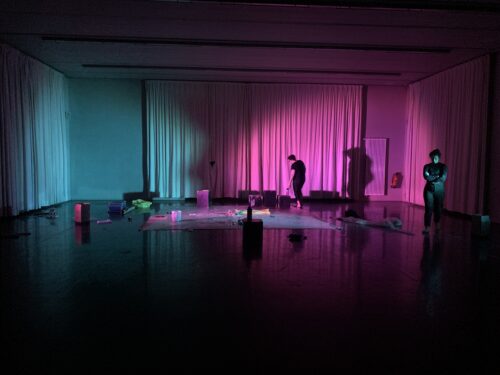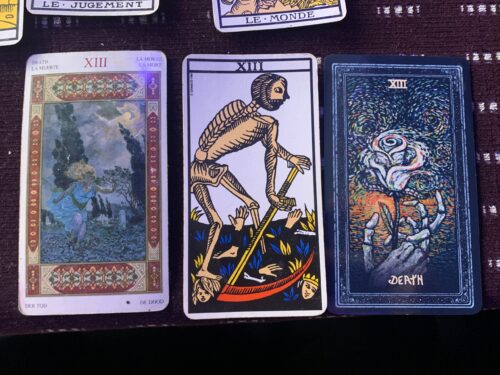
Death and the Thesis
It. Is. Thesis Time!!! The Embodied Dramaturgy students will jump into independent research and thesis projects for the last five weeks of the final term of the Arthaus Berlin season. In this final step to the finish line, the second years have been asked to develop a piece of new work rooted in a research topic of our choosing. All of our projects will be showcased in a collective festival where each student will present their work to an audience made of friends, family, alums, and the public. For the majority of us second years, this final process is deeply significant as it marks the end of a two-year long journey through our respective masters programs at Columbia and Arthaus. After talking with the group, I can say in full confidence that this festival will be one for the books as our ambitions are large and our visions rich. In this post, I want to let you in on a little bit of the process of my personal thesis project and our collective festival process.

Early festival process work
My personal independent research project is about a topic that is rather sensitive: death. I became interested in this topic while we were in classes during our Deep Listening module at the beginning of the term. I found that during listening and meditation exercises, images of a dark presence appeared, and they reappeared many times throughout the module. Now this sounds scary and unnerving, but when I was encountering these recurring images of death, my experiences were always something opposite of what is commonly associated with death. Death as a topic is insanely vast and mysterious, but I think that is what makes it so attractive for me to research. At the same time of my early interests on this topic, I was introduced to a set of tango music songs called The Angel Suite by Astor Piazzolla, one of the most famous, if not the most famous, Argentinean tango composers. The suite follows the dance, death, and resurrection of an angel though a beautiful and sensual musical journey, and I highly recommend listening to it on YouTube or your favorite music streaming platform. What interested me in this particular piece was the idea of death as part of a transition and a cycle, rather than death as the end point of a journey. This was the springboard into the research.

Depictions of Death from Three Tarot Decks
With the help of some of our facilitators, I was introduced to many sources where death is part of a cycle, most notably in The Way of Tarot by Alejandro Jodorowsky & Marianne Costa. In tarot, the first 22 cards of the deck are called the Major Arcana, and they depict human characters, celestial bodies, and mythic beings. One of these beings is depicted on card number 13, the Nameless Arcana or, as it is more popularly known: Death. Jodorowsky and Costa go into detail about the many implications of the card, but they focus on looking at The Nameless Arcana as a sign of “Profound Transformation and Revolution.” This perspective of death, where it is necessary to purge the past to become new, is something very interesting for my research. What are the points in our lives where we must purge the past? Is this process large or small? Is it violent, can it be simple? There are so many questions I have, and more continue to come as I dive deeper into the work, but as of now, I feel I am on a very rich journey into my thesis research with this topic.
As the whole ED cohort moves into thesis work and we begin our festival process, I am feeling very excited to see where the work takes me and my fellow theater makers at Arthaus. Based on my conversations with my colleagues, the festival will consist of a myriad of forms touching on deeply personal topics, and this event, like I said before, will be great to say the least. In my next post, the final one of the semester, I will let you know how our festival goes. Until then, – G
